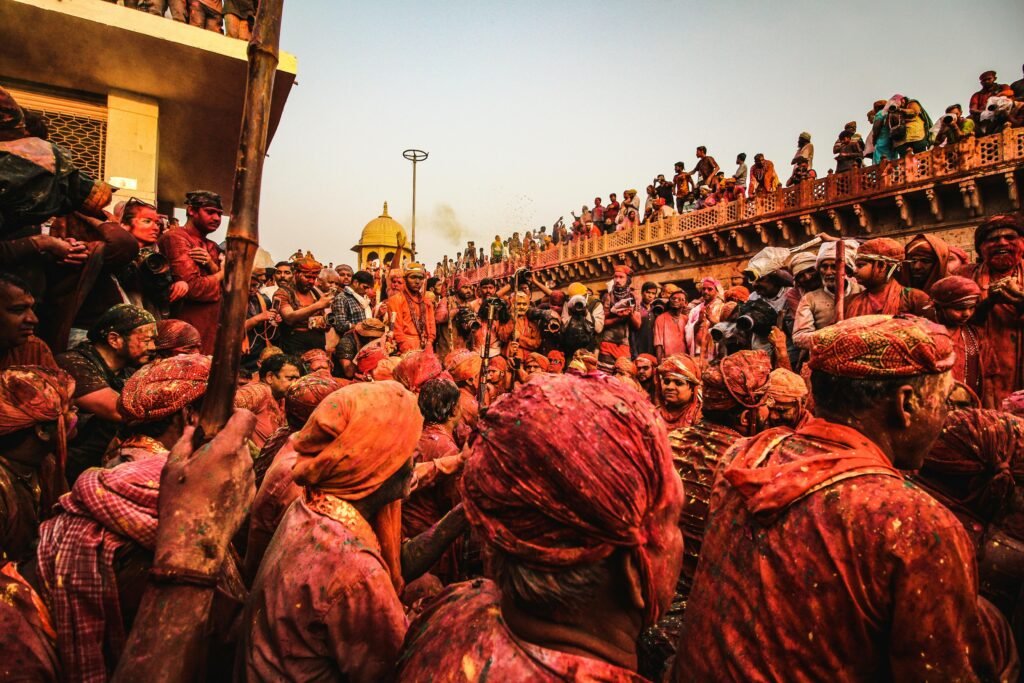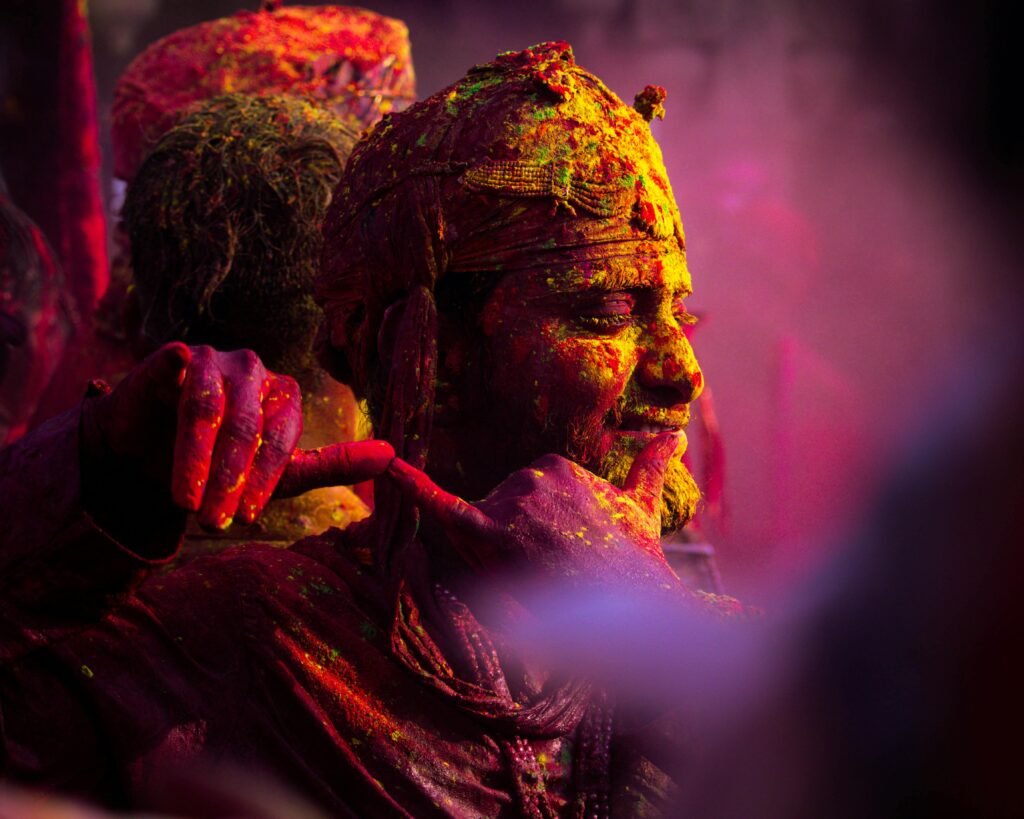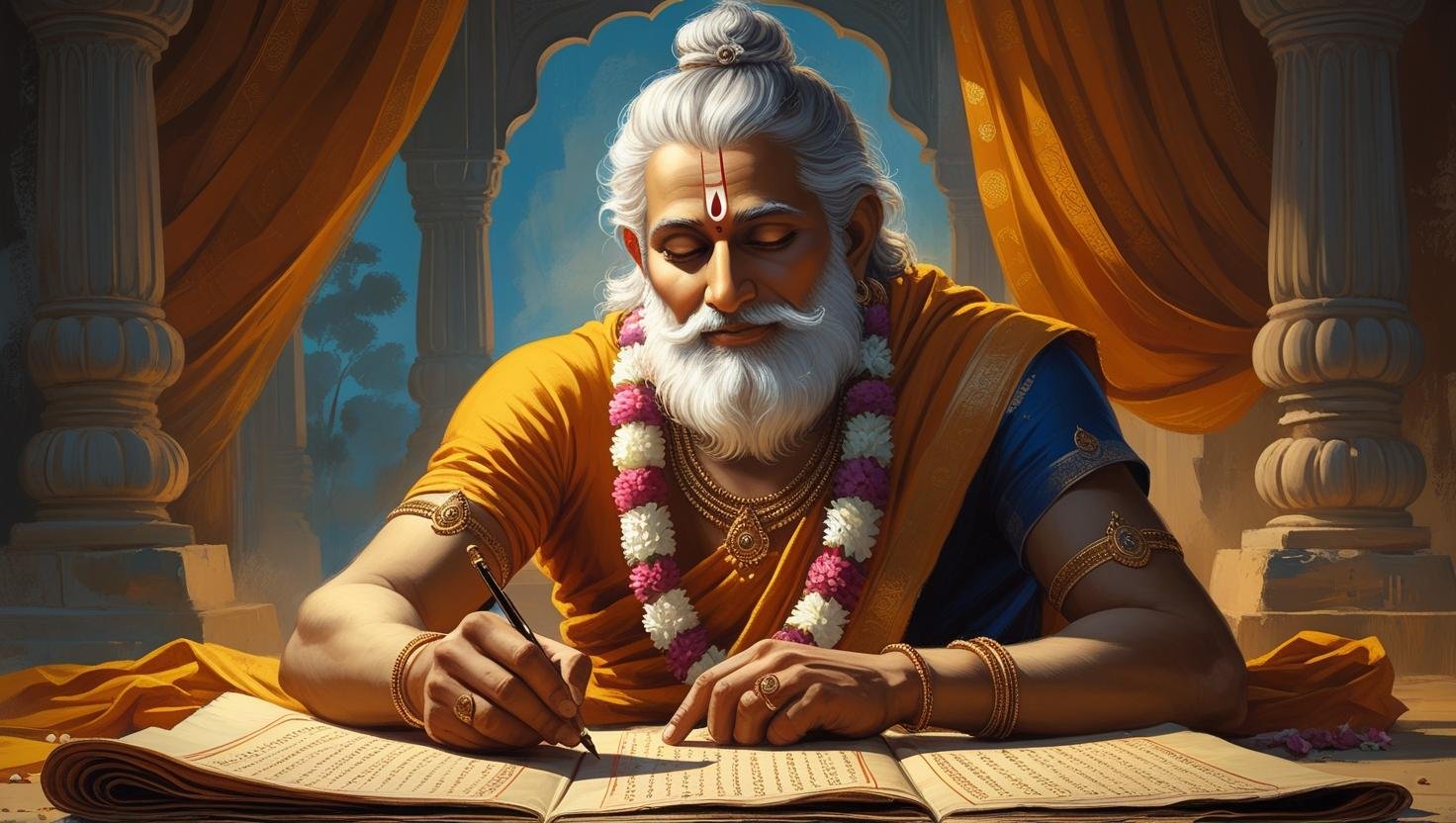
What is Guru Purnima? A Light-Filled Tribute to Our Guides
Guru Purnima is a beautiful full-moon festival celebrated in the month of Ashadha (June–July). It’s not just a festival—it’s a heartfelt thank-you note to our Gurus. Whether you follow Hinduism, Buddhism, or Jainism, this day holds special meaning. You celebrate the one who shows you light when life gets dark.
In the Hindu tradition, this day is also called Vyasa Purnima. Why? Because it marks the birth of Maharishi Ved Vyasa, the sage who wrote the Mahabharata, compiled the Vedas, and structured the Puranas. Thanks to him, we have spiritual texts to guide us even today.
In ancient times, disciples would travel long distances barefoot just to touch their Guru’s feet on this day. That’s how deeply the Guru was respected. You don’t need to walk barefoot today, but you can take a moment to say thank you.
Even Lord Shiva is considered the Adi Guru—the very first teacher—who gave knowledge of yoga to the Saptarishis. Buddhists celebrate Guru Purnima to honor Gautama Buddha, who gave his first sermon at Sarnath on this very day. Coincidence? Nope. It’s divine timing.
So when the moon glows fully in Ashadha, remember—Guru Purnima is about wisdom, gratitude, and light. Say a prayer, light a diya, and feel blessed. Because when you honor your Guru, you honor the universe’s gift to you.
Historical & Mythological Roots
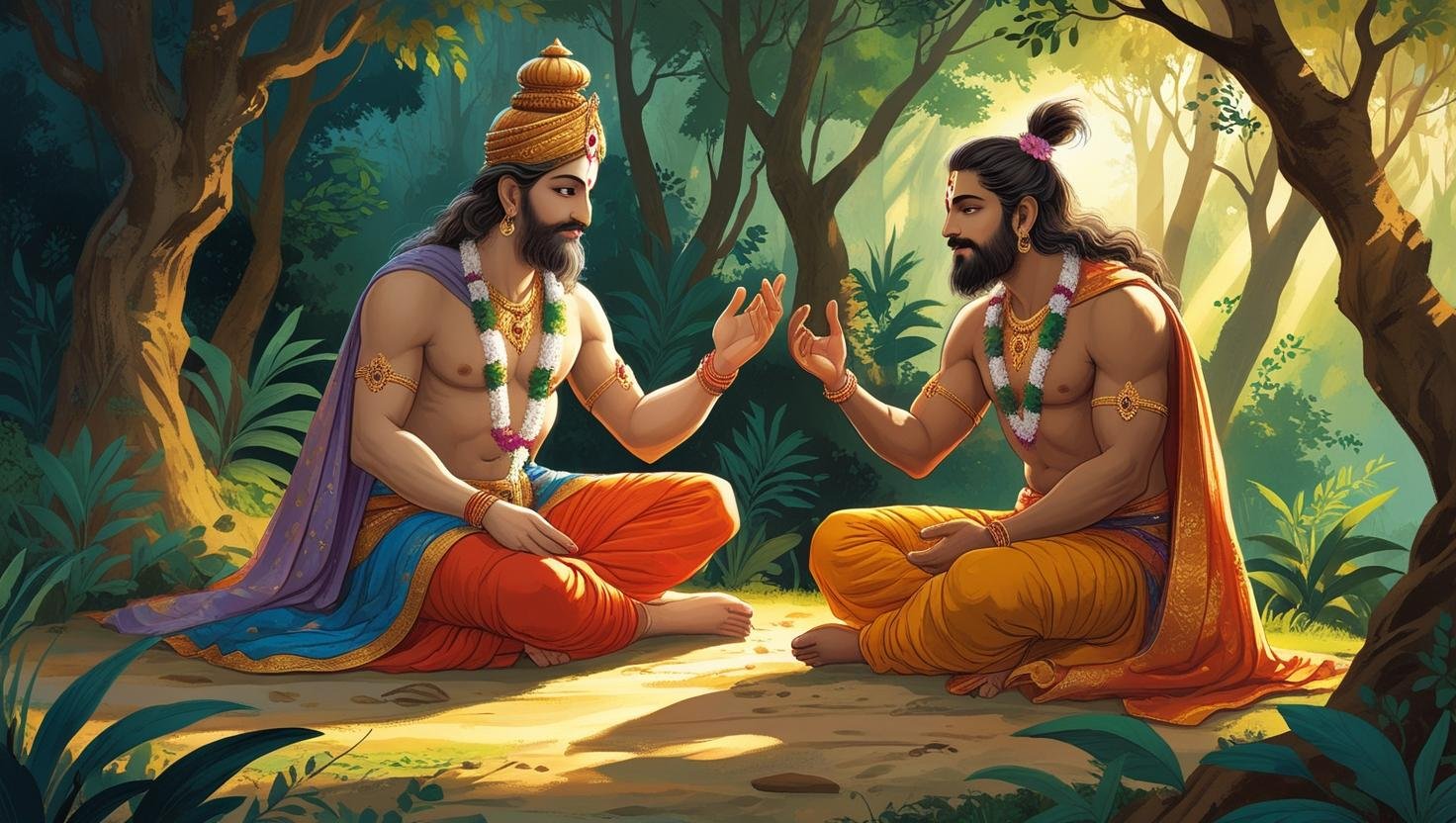
Have you ever wondered why we celebrate Guru Purnima on the full moon of Ashadha? It all begins with a divine birth.
Thousands of years ago, Rishi Parashara, a great sage, was crossing a river. There, he met Matsyagandha, a simple fisherwoman with a pure heart. Their union, guided by destiny, gave birth to Krishna Dwaipayana, who would later be known as Ved Vyasa.
Vyasa wasn’t an ordinary child. He was born with immense wisdom. Legends say he grew up in a cave in the Himalayas, meditating and learning the secrets of the universe. You might call him the original “library of India.”
Vyasa is the sage who compiled the four Vedas, structured the Puranas, and authored the Mahabharata—the longest epic ever written. He didn’t just preserve knowledge; he made it accessible for all. Without him, we wouldn’t know about Bhagavad Gita, Krishna’s divine wisdom, or dharma itself.
Guru Purnima is also called Vyasa Purnima, in his honor. It’s believed that on this day, Vyasa completed his great work and disciples gathered to seek his blessings.
Since then, every year on the full moon of Ashadha, devotees remember him by offering pujas, fasting, and reading scriptures. It’s a day to honor all Gurus, starting from the first one—Vyasa.
So when you light a diya this Guru Purnima, remember the sage who lit up the world with knowledge.
Cultural & Religious Significance
Guru Purnima is more than just a festival—it’s a sacred tribute that cuts across religions and centuries. You’ll find it honored in Hindu, Buddhist, and Jain traditions, each adding a special flavor of devotion.
In Hinduism, Guru Purnima celebrates the birth of Maharishi Ved Vyasa. He wrote the Mahabharata, compiled the Vedas, and gave structure to sacred knowledge. Without Vyasa, we wouldn’t have the Bhagavad Gita—Krishna’s divine wisdom shared with Arjuna on the battlefield.
Buddhists celebrate Guru Purnima as the day when Lord Buddha gave his first sermon at Sarnath. This moment—called Dhammacakkappavattana Sutta—marked the turning of the Wheel of Dharma. For followers, this is the day Buddha became a teacher, or Guru.
In Jainism, the festival is linked to Lord Mahavira, who became a guru to his first disciple, Gautam Swami.
The word “Guru” comes from Sanskrit: Gu means darkness, Ru means remover. A guru removes your ignorance and lights your path.
You don’t always need a physical Guru. Even Lord Hanuman is worshipped as a divine disciple who showed unwavering faith in Lord Rama—his ultimate Guru.
On Guru Purnima, people offer Guru Dakshina, which isn’t just money or gifts. It could be a promise, a prayer, or your dedication. The idea is to give something that shows your heartfelt gratitude.
So this Guru Purnima, light a diya, fold your hands, and say thank you. Your Guru, seen or unseen, is always guiding you.
Spiritual Practices : Simple Ways to Celebrate with Heart
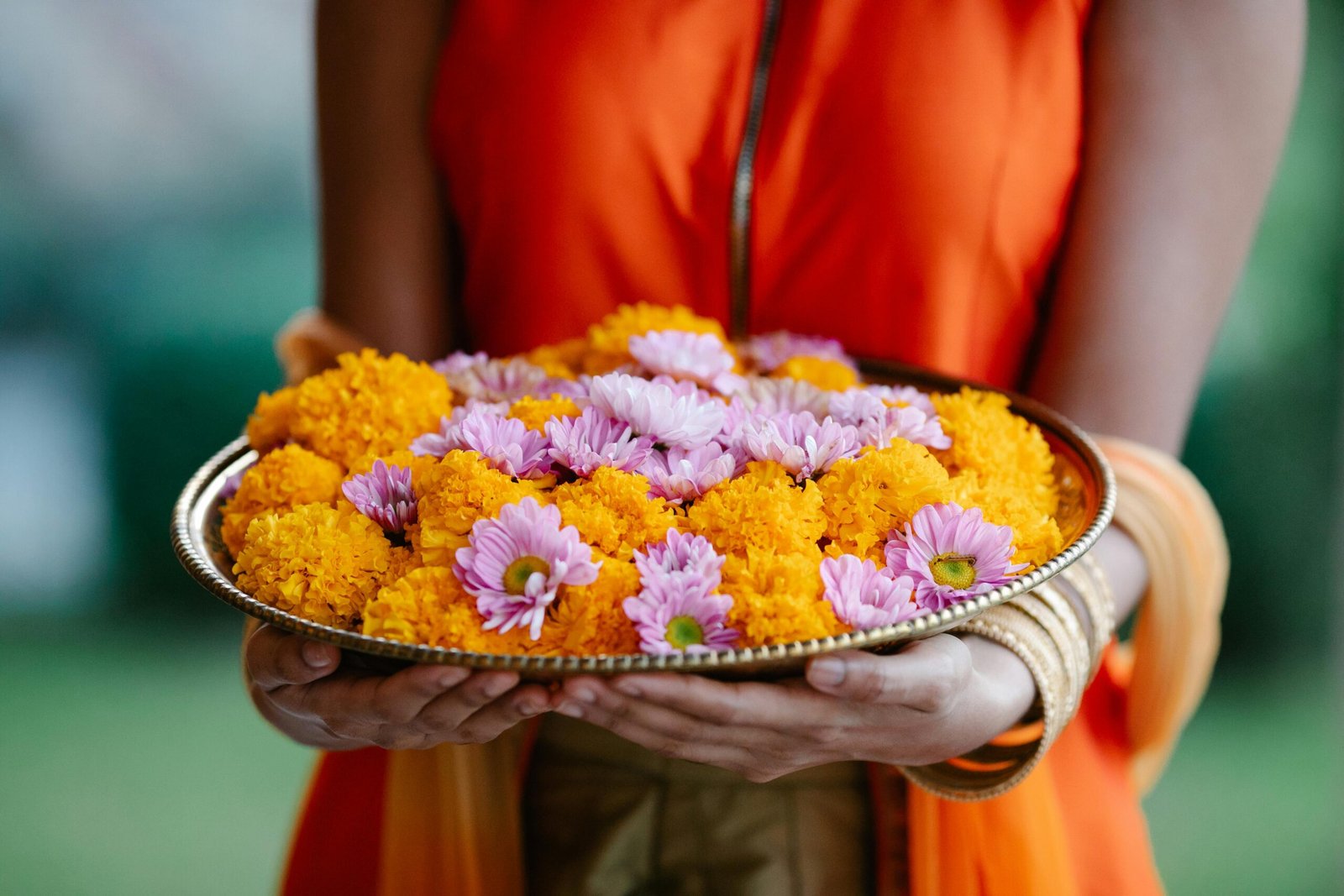
On Guru Purnima, the most sacred act is offering your love and devotion to the Guru. One beautiful tradition is the Padapuja, the ceremonial washing of your Guru’s feet. In ancient times, sages believed the feet of the Guru carried divine energy. This ritual is done with water, flowers, and mantras. It’s a way of saying, “Thank you for leading me from darkness to light.”
Another key practice is Guru Puja, where devotees recite sacred texts like the Guru Gita. This text is a conversation between Lord Shiva and Parvati, explaining the power of a true Guru. You can also light ghee lamps and offer fruits or sweets. Even a single diya lit with love carries deep meaning.
Fasting on Guru Purnima is another powerful way to purify the mind and body. Many devotees observe a vrat or take a vow of silence. These simple practices help you detach from the chaos of daily life. Saints like Swami Vivekananda often spoke of fasting as a way to clear spiritual blockages.
Some also receive a Guru Mantra on this day. This is a sacred sound or verse given by the Guru. It creates a soul connection and brings peace. According to yogic belief, mantra initiation helps burn old karma and align your energy.
On this Guru Purnima, pick one ritual. Do it with sincerity. Your heart is the best offering.
Benefits of Observing Guru Purnima: More Than Just a Ritual
Celebrating Guru Purnima isn’t just about rituals—it’s about transforming your life from the inside out. When you observe this day sincerely, you start experiencing mental clarity. The mind feels lighter, calmer, and more focused. Ancient texts say that when you bow to the Guru, ego melts and wisdom begins.
You also notice a reduction in suffering. Saints like Kabir believed the Guru is like rain that cools the fire of pain. You let go of fear, doubt, and confusion. It’s like pressing the spiritual reset button.
Spiritual awareness deepens too. When you meditate or chant on Guru Purnima, your energy aligns. You feel more connected to your inner self and the divine. Many yogis say their deepest insights came during full moon meditations on this day.
This sacred occasion also strengthens your relationship with your Guru or mentor. You begin to appreciate the value of guidance in your life. Think of how Arjuna was lost until Krishna, his Guru, showed him the way.
Lastly, Guru Purnima helps cleanse disharmonic patterns or past-life karmas. Receiving a Guru Mantra is said to burn layers of old conditioning. According to the Shiva Purana, the true Guru can even shift your destiny.
So if you’re seeking growth, peace, or clarity—Guru Purnima is the perfect time to start that journey.
How to Celebrate & Benefit from Guru Purnima
Celebrating Guru Purnima can be simple and heartfelt. Start by thinking about your Guru or life mentor. Write them a thank-you letter or journal your gratitude. Even if they’re no longer around, your thoughts carry energy.
Next, attend or host a Guru Puja. Include a Padapuja, where you symbolically wash your Guru’s feet with love. Recite the Guru Gita, a sacred dialogue between Shiva and Parvati on the power of the Guru. It’s believed that even listening to these verses brings blessings.
Offer a traditional dakshina or prasad. This can be fruits, sweets, clothes, or money—given with full devotion. According to legend, Eklavya offered his thumb to Guru Dronacharya as dakshina. It’s the intent, not the item, that matters.
If you have a Guru Mantra, chant it silently or aloud. Meditation on Guru Purnima is considered extra powerful. Many yogis say this full moon enhances spiritual vibrations.
You can also share stories, teachings, or quotes from your Guru. Post online or speak to friends. You’re passing on light. Serving in your Guru’s name—like feeding the poor—is another beautiful way to honor them.
So on this Guru Purnima, reflect, give, chant, and serve. You’ll feel lighter, clearer, and more blessed. Because when you walk the Guru’s path, grace walks with you.
Modern-Day Examples & Stories to Reflect On This Guru Purnima

In today’s world, the essence of a true Guru still shines bright. Take Sri Sri Ravi Shankar’s teachings, for example. He speaks of three modes of a seeker—Prashu‑bhava, Vira‑bhava, and Divya‑bhava.
Prashu-bhava is when you seek help only in pain. Vira-bhava is when you serve with strength and dedication. Divya-bhava is the highest—when you see the Guru as pure divinity. On Guru Purnima, you can reflect on where you are in this journey.
Let’s also remember Valmiki Maharshi, the sage who wrote the Ramayana. Before becoming a rishi, he was a robber named Ratnakar. One meeting with Narad Muni, his spiritual guide, changed his entire life. He meditated for years and emerged as Valmiki, a symbol of transformation.
That’s the magic of a Guru—they don’t just teach, they transform. Their compassion can turn darkness into poetry.
On Guru Purnima, these stories remind you that no matter where you are now, with the right guidance, anything is possible. Whether it’s a modern master or an ancient rishi, their light continues to guide millions. All you need to do is walk the path with trust.
Conclusion: Walk the Path with Gratitude
On Guru Purnima, you celebrate more than a tradition—you honor a timeless truth. Every soul needs a guide. Whether it’s a spiritual Guru, teacher, or mentor, their wisdom lights your way when things feel dark.
In the ancient scriptures, even gods had Gurus. Lord Krishna learned from Sage Sandipani, and Lord Rama was guided by Guru Vashishtha. Learning never stops. Your journey of personal growth depends on whom you walk with.
This Guru Purnima, take a pause. Reflect on who shaped your values. Offer thanks, however small. Light a lamp, chant a mantra, or just sit in silence. Let that moment reconnect you to your inner light.
You don’t have to do it alone. Let technology help. The DivyaKripa app connects you with divine teachings, daily mantras, and temple wisdom—all in one place. It’s like having a pocket Guru by your side.
So today, recommit to your spiritual path. Be mindful. Be grateful and be open to growth.
✨ Download the DivyaKripa app and begin your Guru Purnima with devotion and joy. Your journey toward light starts with one step—and one click.

